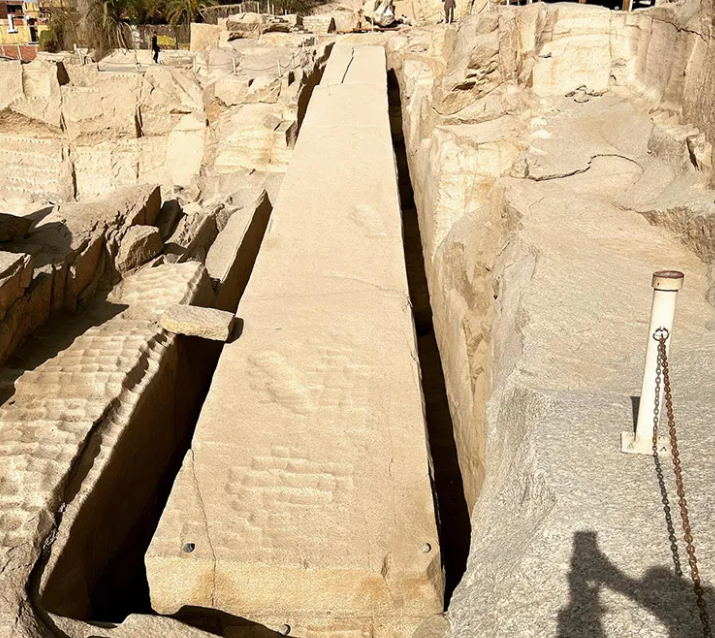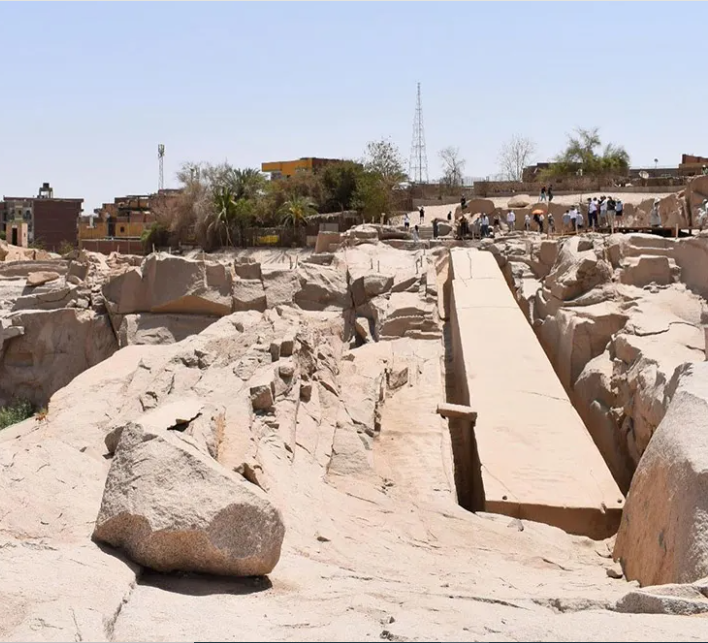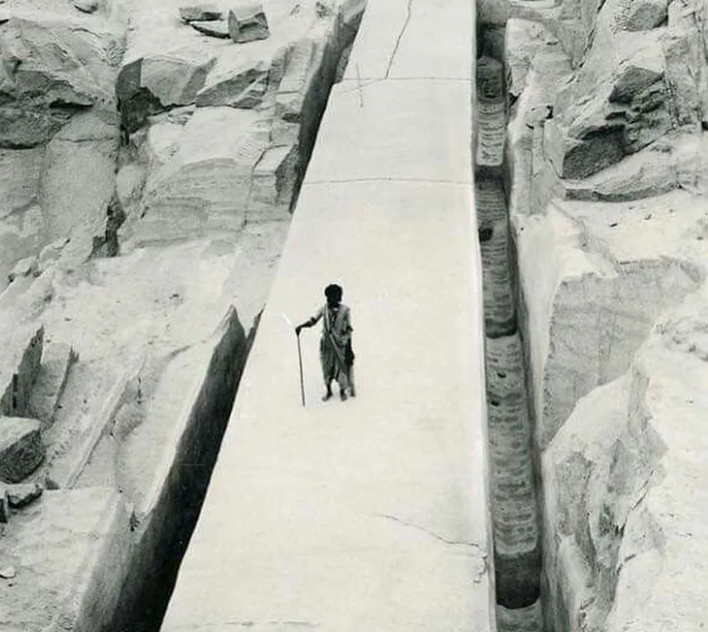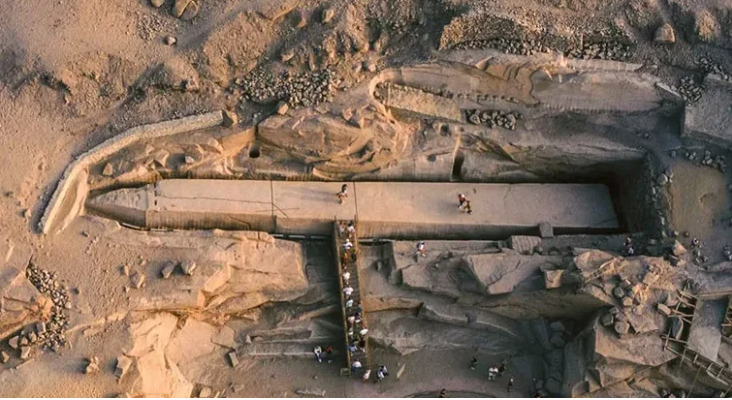
Hoogland, Maarten
Obelisks are used in a variety of ways across cultures. Still, historians believe that the best examples of the tradition are obelisks from ancient Egypt. Obelisks had a variety of roles in ancient Egypt. Some honored Egyptian kings and queens, but the majority served as monuments to the Sun God Ra, the most revered god in ancient Egypt.
At 32 meters high, the Lateran Obelisk is the tallest obelisk from Ancient Egypt. The Lateran Obelisk is 10 meters taller than the Unfinished Obelisk if it were completed.
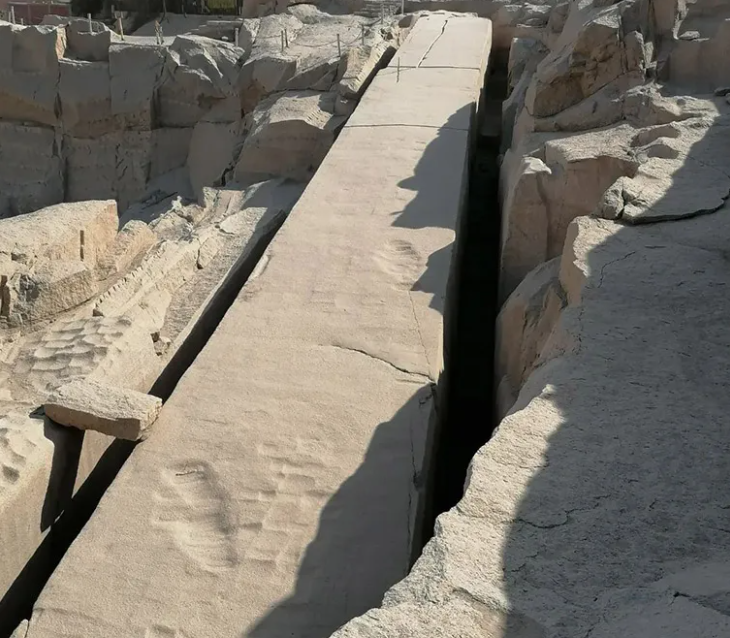
The Unfinished Obelisk is 1.200 tons in weight and 42 meters tall. The Unfinished Obelisk is fascinating not just because of its magnitude but also because of its age. The age of the Obelisk is over 3,500 years. According to archaeologists, Hatshepsut, the female pharaoh, may have issued the order for its building.
The obelisk is incomplete because the Egyptians never raised it; it was buried for thousands of years and never removed from the earth. Experts guess as to why the Obelisk remained that way, of course. Though several theories exist, the most likely one is that the Obelisk was too large or too unstable to be raised.
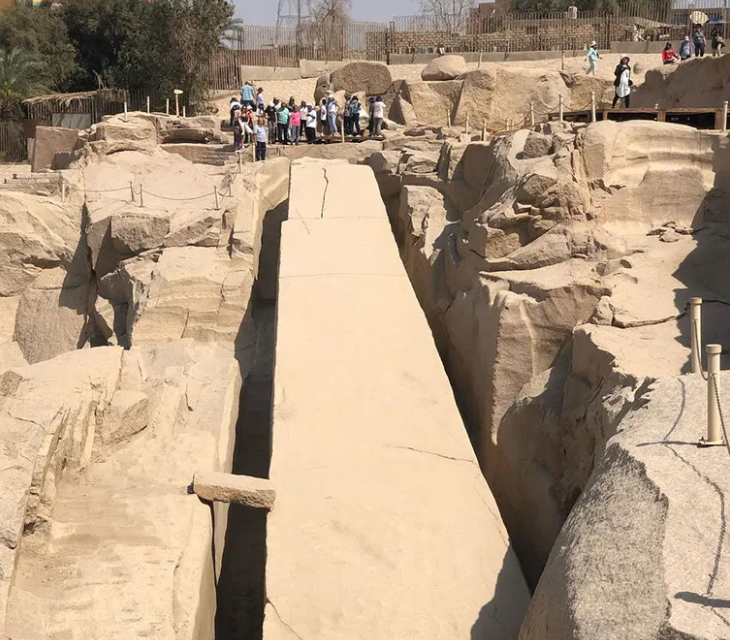
The Unfinished Obelisk sheds light on the methods employed by the Egyptians in the construction of obelisks. Instead of erecting obelisks, they carved them out of rocks and then raised them. To smooth the rock, the Egyptians also employed a stone known as Dolerite balls. They would cut the rock and then remove it from the ground using wet wood.
The Unfinished Obelisk was originally investigated by archaeologists in the early 1900s. They came to understand that this was Egypt’s biggest monolith. Unesco listed the obelisk on its heritage list in 1979 because of its significance, despite being an incomplete monument, in order to protect it for future generations.
Vincet Veritas
One of the most significant ancient Egyptian monuments is shown to visitors at the Unfinished Obelisk, an outdoor museum.
